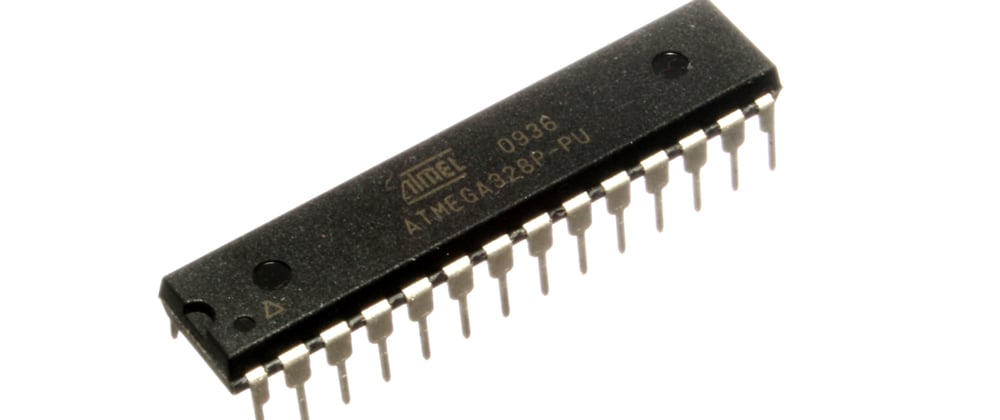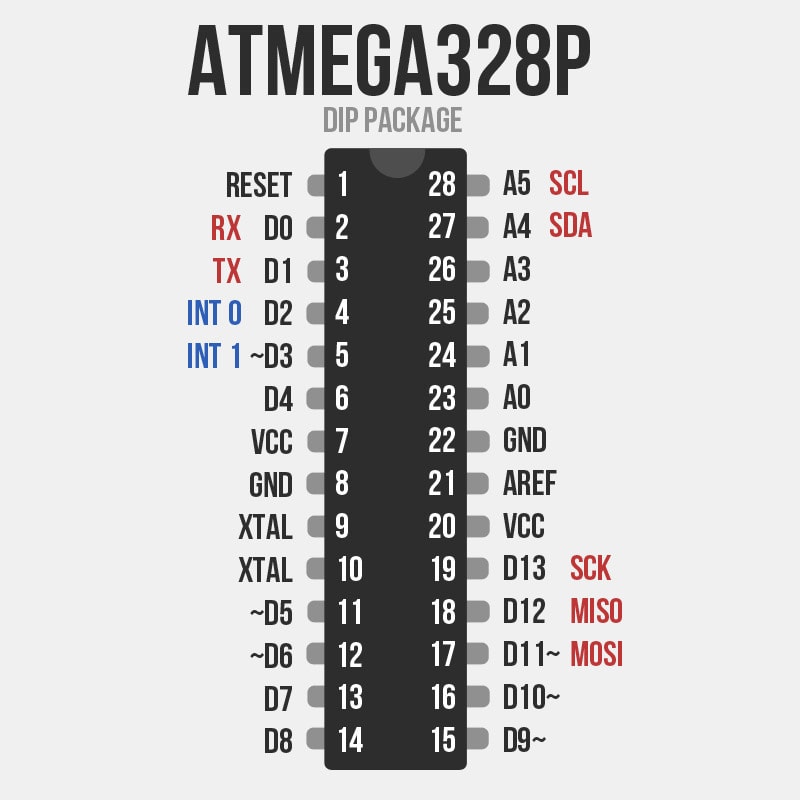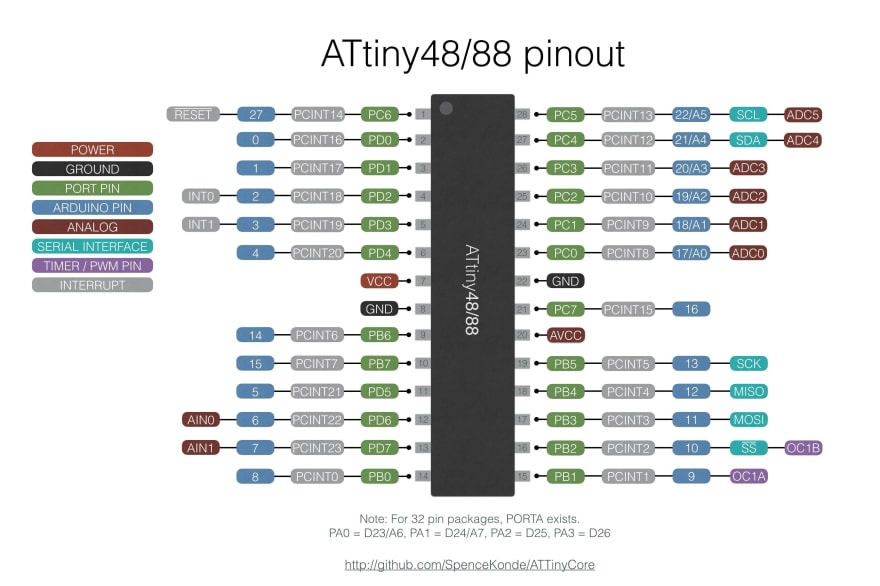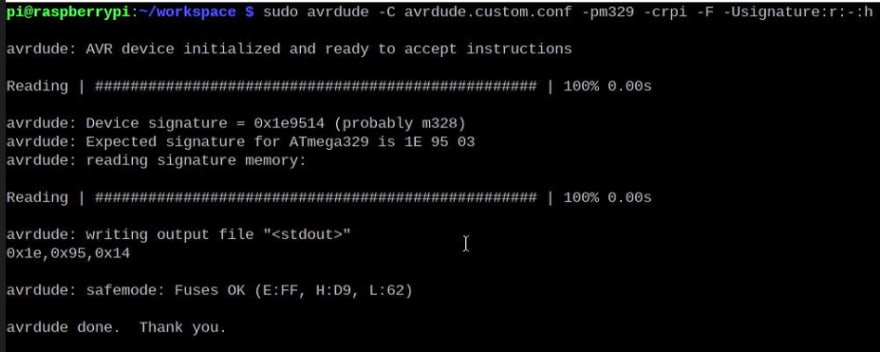Device signature is a unique 3-byte signature which helps to identify different Micro Controllers by their types as specified in the avrdude configuration file.
Device signature of AVR Micro Controller can be very useful for many developers and engineers.These device signatures can be read from devices with the help of avrdude command line program.
AVRDUDE - AVR Downloader Uploader - is a program for downloading and uploading the on-chip memories of Microchip’s
AVR microcontrollers. It can program the Flash and EEPROM, and where supported by the programming protocol, it can program fuse and lock bits. AVRDUDE also supplies a direct instruction mode allowing one to issue any programming instruction to the AVR chip regardless of whether AVRDUDE implements that specific feature of a particular chip.
AVRDUDE was originally written in 2003 by Brian S. Dean. Since 2006, AVRDUDE has been maintained by Jörg Wunsch, with the help of various contributors.
The latest version of AVRDUDE is always available here: https://github.com/avrdudes/avrdude
Reading Signatures
For reading signature from device we need to connect a programmer with the Micro Controller and specify the programmer in the avrdude configuration file. I shall be using Raspberry Pi board as programmer and reading signatures through SPI communication.
Hardware Setup
We need 6 jumper wires to connect AVR Micro Controller with the GPIO pins of Raspberry Pi. Following table can be used for the reference of finding physical SPI pins in two types of chips viz. ATmega328p/ATmega328 and ATtiny88.
| Name of Micro Controller | VCC | GND | MOSI | MISO | SCK | RESET |
|---|---|---|---|---|---|---|
| ATmega328p/ATmega328 | 7 | 8 | 17 | 18 | 19 | 1 |
| ATtiny88 | 7 | 8 | 17 | 18 | 19 | 1 |
ATmega328p PinOut
ATtiny88 PinOut
Now this MOSI, MISO, SCK, RESET, VCC and Ground pins need to connected with the GPIO of Raspberry Pi. Following table can be used for the reference of finding SPI0 pins of Raspberry Pi.
| VCC | GND | SPI0 MOSI | SPI0 MISO | SPI0 SCLK | SPI0 RESET |
|---|---|---|---|---|---|
| Physical 2 | Physical 4 | GPIO 10 (Physical 19) | GPIO 9 (Physical 21) | GPIO 11 (Physical 23) | GPIO 8 (Physical 24) |
Software Setup
First all we need to install avrdude package in the Raspberry Pi. Following command in terminal can install avrdude.
sudo apt install avrdude
Now to keep environment clutter free we can make a workspace directory and copy and save required files. Also we need to copy avrdude.conf from /etc directory into our workspace.
mkdir workspace && cd workspace
cp /etc/avrdude.conf ./avrdude.custom.conf
Important Note: Since I am using Raspberry Pi as a programmer so the following line is necessary, however if we choose to program it using USB or Arduino as ISP or any other programmer then the below mentioned line is absolutely optional.
[Optional for other programmers] Then we need to add a new programmer in avrdude.custom.conf. So we can open it in any text editor and add below lines at the end of file and save it.
programmer
id = "rpi";
desc = "Program with Raspberry Pi GPIO";
type = "linuxgpio";
connection_type = serial;
mosi = 10;
miso = 9;
sck = 11;
reset = 8;
;
Run Command to read the signature
Following is the avrdude command syntax to read the signature of the connected device.
sudo avrdude -C avrdude.custom.conf -p <any_part_number> -c <custom_programmer> -U signature:r:<file_name>:<format>
- Here part_number could be anything e.g.
m328,m329etc. Avrdude Configuration file can used for the reference of more part numbers or Avrdude Docs are very useful too. - Since we are programming using Raspberry Pi so the custom_programmer should the custom id of the programmer which added in the software setup section. So it should be
rpi. For other programmer please refer to the Avrdude Docs. -
file_name could be any filename where read signature will be stored or we may use "
-" for writing the output in the standard output. - Format is the output format of the avrdude command or more specifically the format of signature. Possible values of format are:
i, s, r, e, m, a, d, h, o, b-
i: intel hex format -
d: decimal -
h: hexadecimal -
o: octal -
b: binary More details and other option descriptions can be found at Avrdude Docs
-
Example
After connecting a Micro Controller following the above mentioned procedure I ran the below command.
sudo avrdude -C avrdude.custom.conf -p m329 -c rpi -U signature:r:-:h
And the output shown in the terminal is -
So it is showing that the device connected is a ATmega328 Chip and its signature is 0x19,0x95,0x14.
Next Step
We can further program AVR Micro Controller using avrdude from command line and a text editor (without Arduino IDE). For that refer to this experiment blog - http://arghyabiswas.com/program-avr-type-microcontroller-by-raspberry-pi-gpio. In that blog programming a AVR Micro Controller using Raspberry Pi GPIO can be
further studied.
Reference
- Avrdude Documentation: https://avrdudes.github.io/avrdude
- Avrdude Github: https://github.com/avrdudes/avrdude
- ATmega328p PinOut: https://microcontrollerslab.com/atmega328p-microcontroller-pinout-prograamming-features-datasheet/
- ATtiny88 PinOut: https://microcontrollerslab.com/attiny88-microcontroller-pinout-programming-datasheet-features-applications/
- Raspberry Pi SPI PinOut: https://pinout.xyz/pinout/spi#
- Program AVR Type Microcontroller by Raspberry Pi GPIO blog: http://arghyabiswas.com/program-avr-type-microcontroller-by-raspberry-pi-gpio
Credit
I am grateful to Mr. Arghya Biswas, Currently Boot Firmware Engineer at Intel Technology India Pvt. Ltd. for inspiring and this opportunity.
Also I would like to extend my gratitude to all the team members of iAloy.










Oldest comments (0)